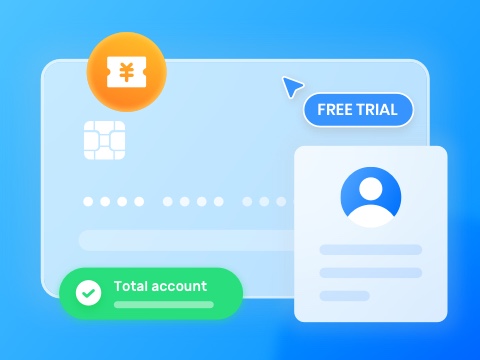COVID-19 made live video technology become a necessity recently, such like business continuity, public safety, healthcare, and mental health all now depend on it. Social distancing efforts have normalized video streaming in ways that we couldn’t have foreseen.
Video streaming is enabling us to digitally overcome this distance. It’s allowing us to face COVID-19 together.
Streaming Connects People with Interactivity.
Streaming is being used as a workaround to isolation measures in countless ways.Many of these are just extensions of traditional broadcasts that benefit from the ease-of-use that live streaming delivers.
Streaming has also brought about new broadcasting opportunities that previously didn’t have much demand. From TV journalists reporting from home to local yoga instructors streaming their classes, this is where we start to see what sets streaming apart.
As the pendulum continues to swing away from traditional broadcast content, the inherent value of streaming becomes clear. With a dash of interactivity — as is found in streaming applications for telehealth, live commerce, emergency communications, and more — live video transcends physical boundaries.
Streaming has become an era-defining tool in replicating real-life exchanges. In this way, it’s helping to replace the many in-person experiences that we took for granted before the coronavirus established its roots.
Keep in Touch Virtually by Video Streaming.
Most of us were familiar with the world of video conferencing before this outbreak, coronavirus lockdowns have shone the spotlight on it.Video conferencing now ubiquitously powers remote classrooms, alcoholics anonymous meetings, and other virtual gatherings.
Lots of platforms are servering this: Zoom, Skype,Cisco WebEx,Google Hangouts, and Facetime. But safety concerns is a big problem. Incidents of ‘Zoombombing,’ during which unintended attendees join private meetings, have revealed why many enterprises choose to deploy streaming infrastructure in house. Secure video streaming becomes all the more critical when regulatory compliance comes into play.
Streaming for Healthcare and Public Safety
Several organizations that already leveraged streaming technology for telemedicine are proving instrumental in efforts to flatten the curve. Virtual doctor visits have finally gone mainstream, while live video sharing tools have helped contain the spread.
In the context of the novel coronavirus, some online medical platform ensures effective communication while complying with widespread lockdowns.
The Future After COVID-19
ZEGOCLOUD provides the secure, reliable, low-latency streaming infrastructure that today’s reality demands. We look forward to powering all of the innovative ways that businesses will solve for this ongoing crisis with live video — ranging from smart city infrastructure to mission-critical medical streaming technology.
Interactivity used to be a nice-to-have. But transforming passive viewership into immersive experiences will be critical as we continue to move exchanges and events online. For retail, interactive shopping fueled by live video is expected to surge. Likewise, the sports industry would be wise to go beyond standard broadcasts by bringing aspects of the in-stadium experience to viewers.
The COVID-19 outbreak has demonstrated just how essential interactive video technologies are to business continuity. And it will continue to influence consumer behaviors for many years to come.
Let’s Build APP Together
Start building with real-time video, voice & chat SDK for apps today!










